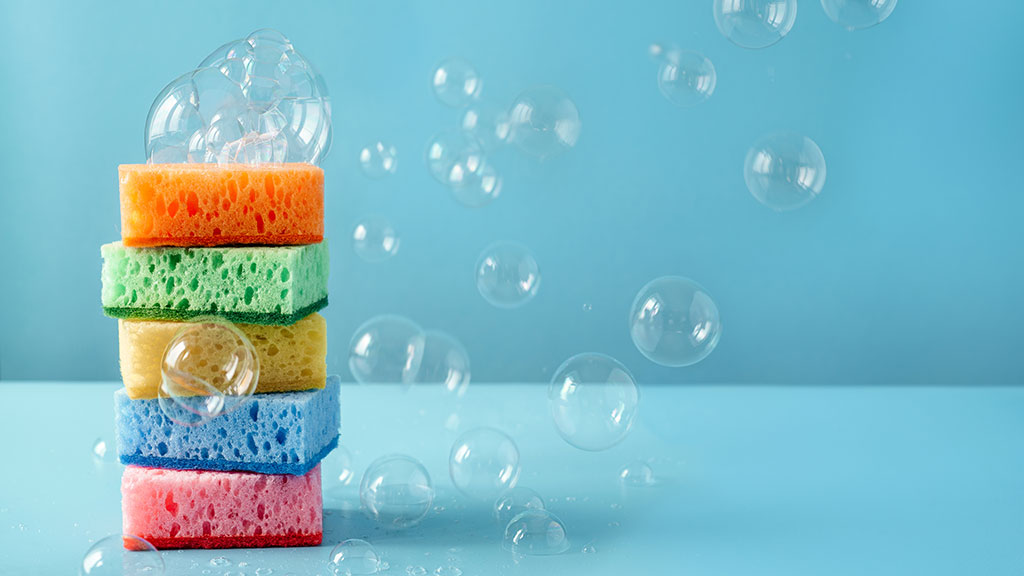Abstract
This directed case study with laboratory components is an adaptation of a “clicker case” by Terry Platt that reviews basic chemistry to explain pH and buffers (see “Acids, pH and Buffers: Some Basic Chemistry for Biological Science” published by the National Center for Case Study Teaching in Science). This adaption shares the same storyline as the original, but also includes two experiments to be completed in class that explore the ways in which the properties of a standard kitchen sponge can be used to understand the important function of buffer systems in the regulation of pH. The case is presented in class using PowerPoint slides and supporting documents, shared either electronically or in print (see Supplemental Materials). The case is ideally suited for an introductory biological or biochemical lecture or laboratory class.



